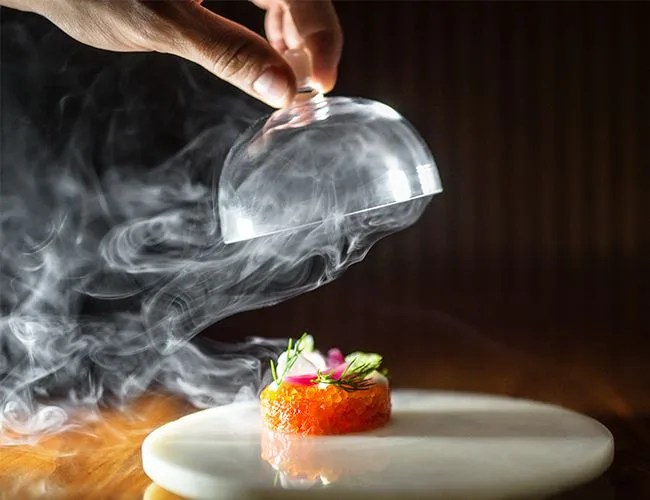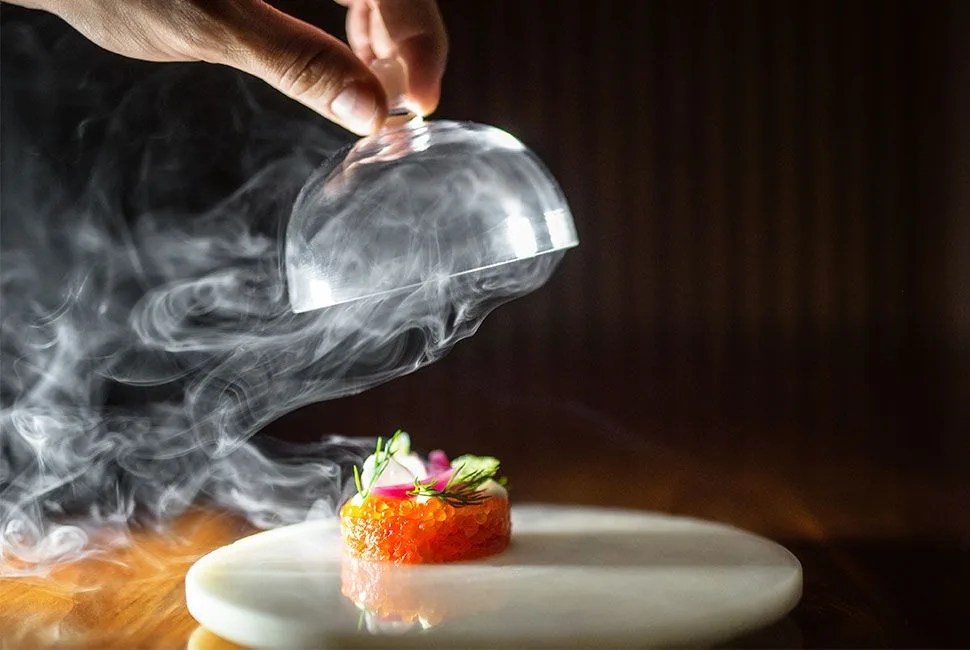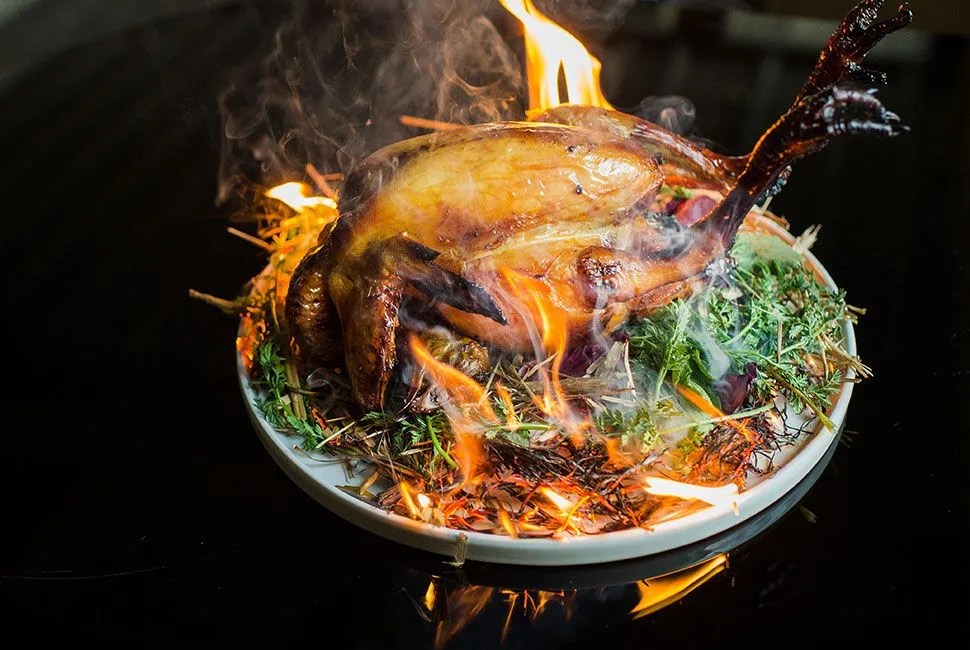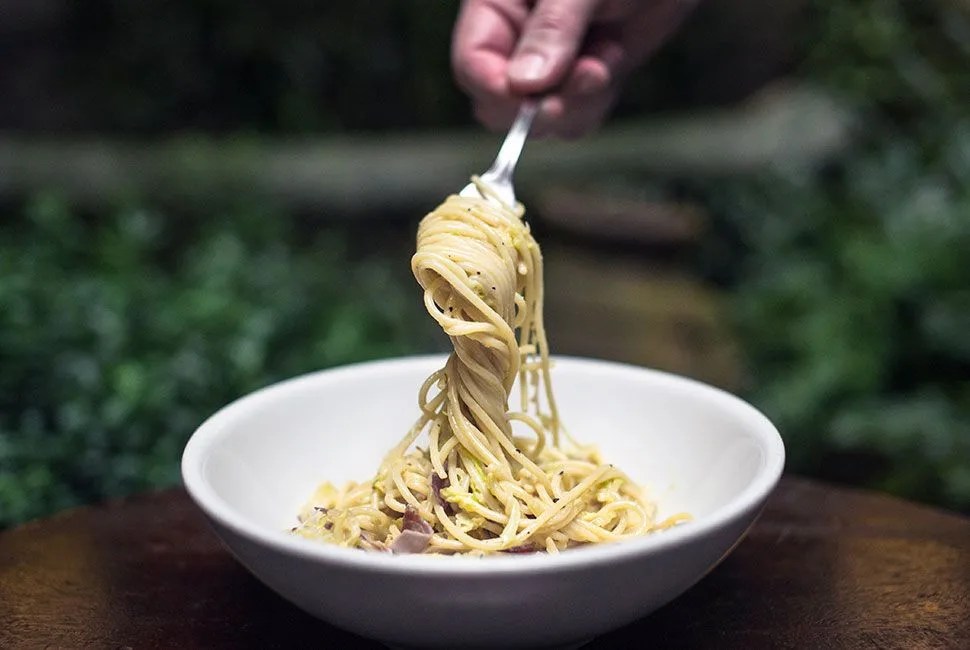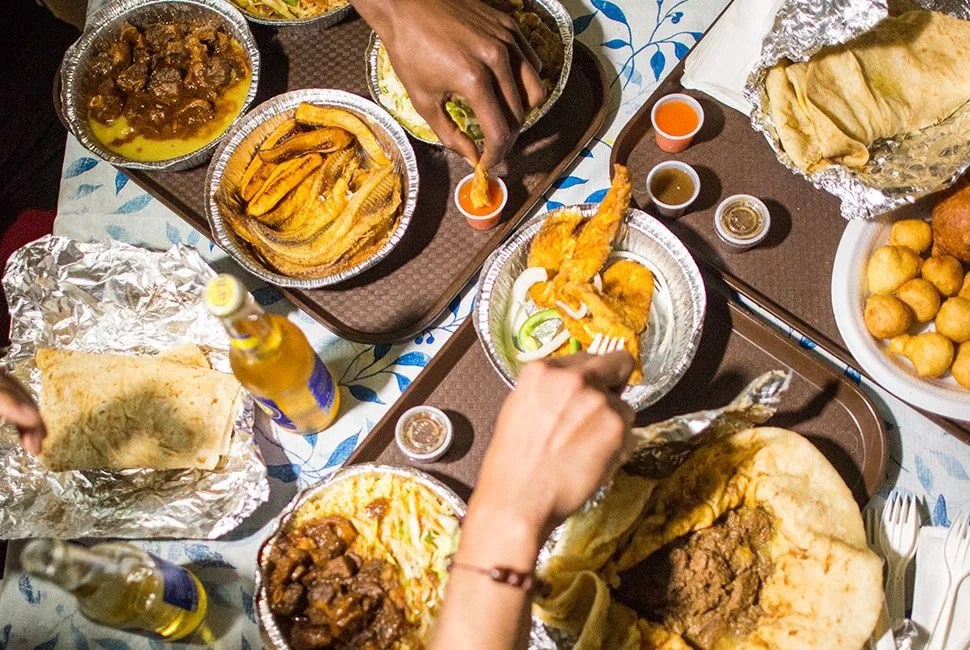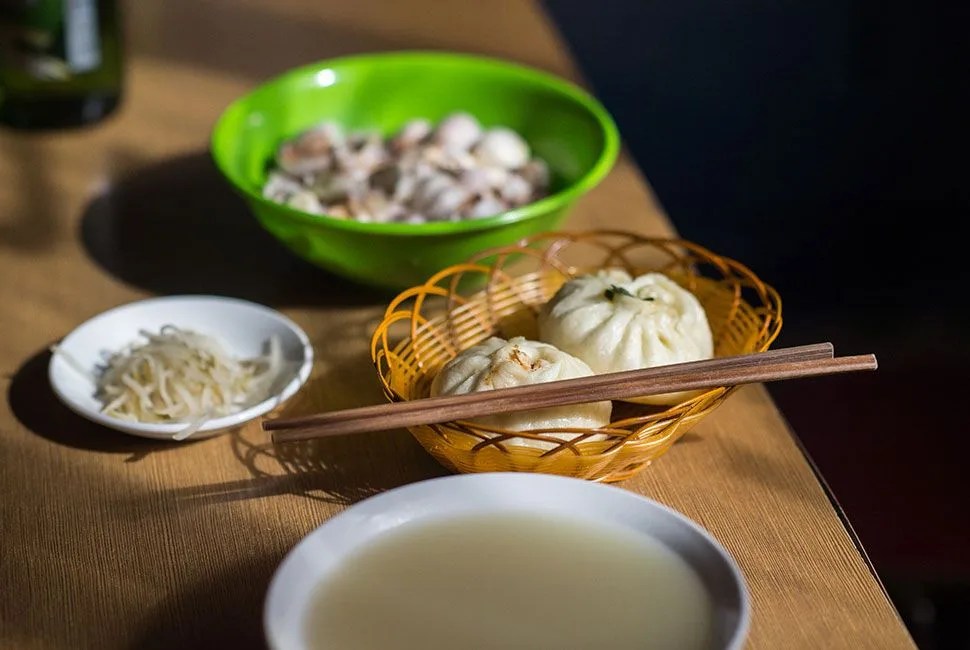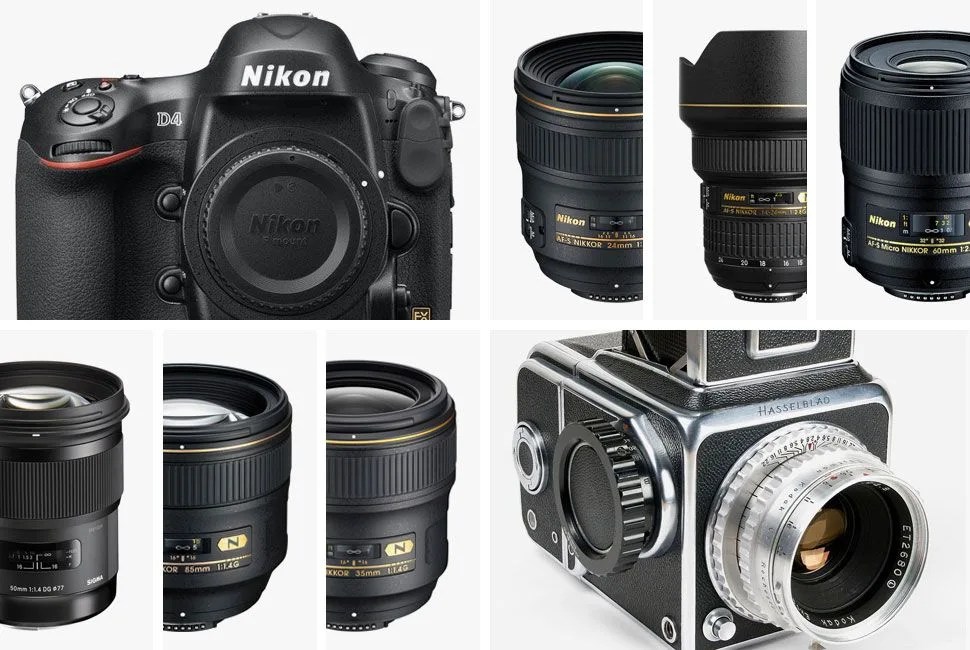4 photos
A good photographer knows when something should be photographed. They see it. That’s what Daniel Krieger says. The celebrated food photographer — who has shot nearly 100 assignments for The New York Times, alongside his work for Food & Wine and Bon Appétit — is well practiced in the art of food photography, including social media’s shot à la mode: the top-down photo.
“That’s a technique that I think Instagram started — and it’s because of the iPhone,” Krieger said, who maintains that every camera and lens has a sweet spot. For the iPhone, it’s top-down photos. When everything in frame is perfectly symmetrical, the light is even, and the color temperature is perfect — that’s when the iPhone’s camera really excels. The problem is that that’s the iPhone’s only sweet spot, said Krieger. “In the right circumstances, the phone, the iPhone in particular, takes beautiful pictures, but you really have to use it properly.”
For years, even Krieger used an iPhone to populate his Instagram feed, which now has over 150,000 followers. But like other professional photographers who inspire him — Alice Gao, Cindy Loughridge, Michael O’Neal and Sam Horine — Krieger has since switched to a DSLR in an effort to diversify his portfolio beyond the status quo. According to him, great food photography goes beyond the top-down photo. Here’s how to get there.
Techniques to Master
How to Better Your Approach
